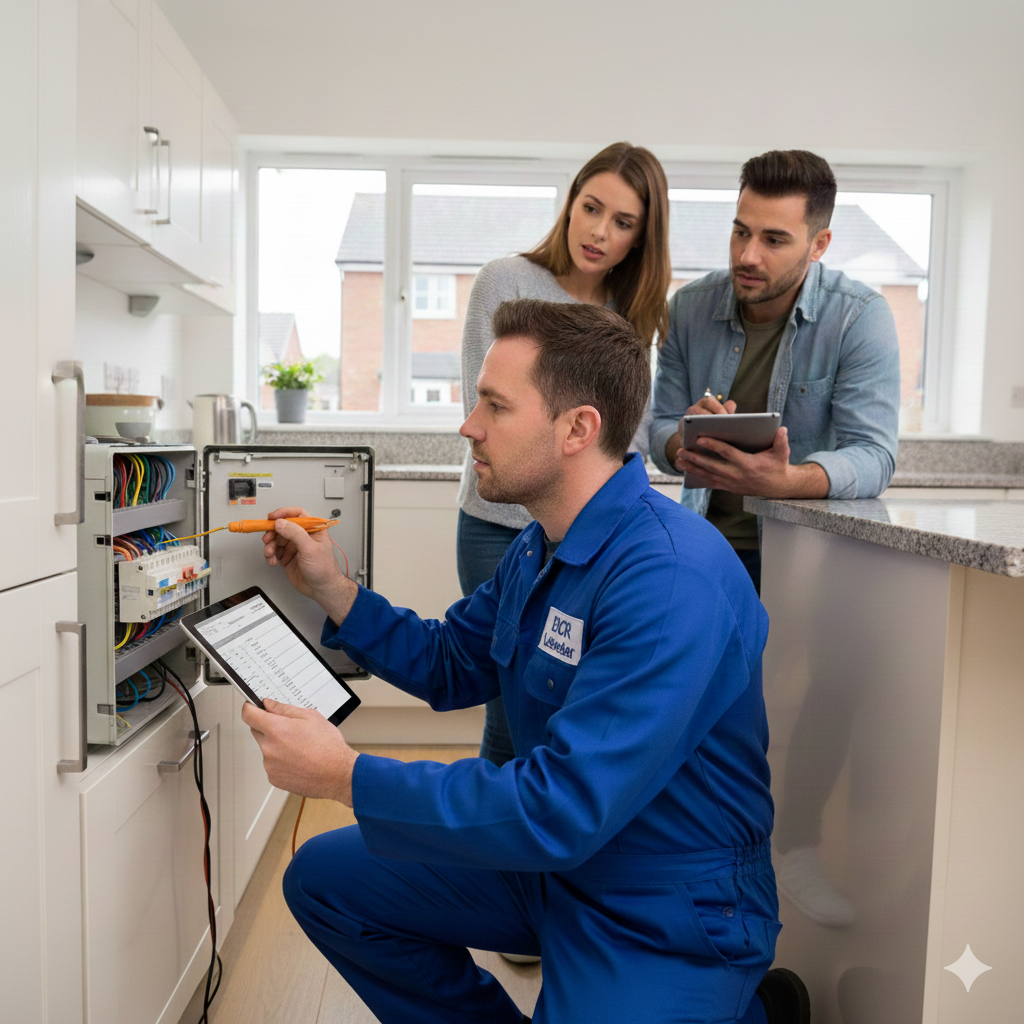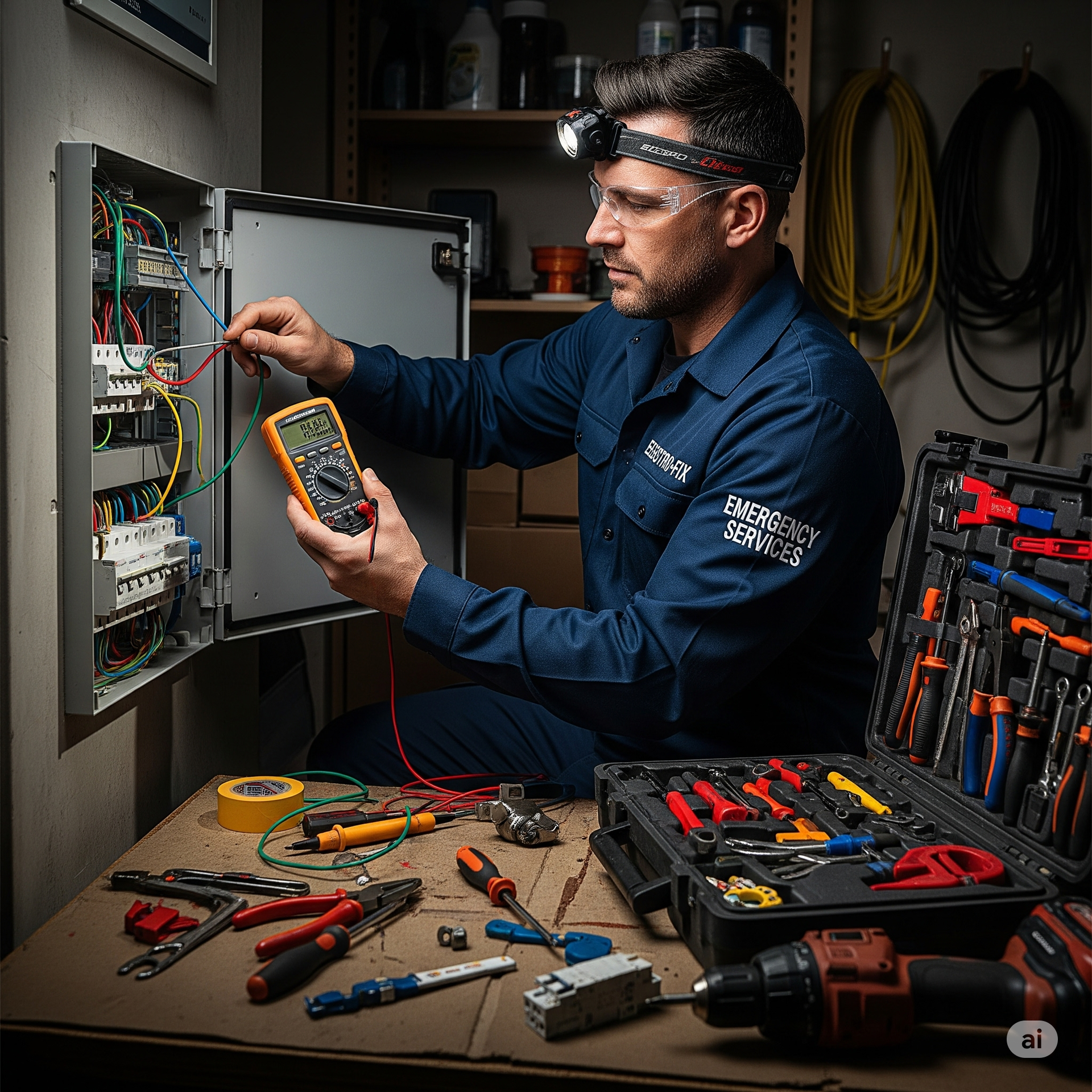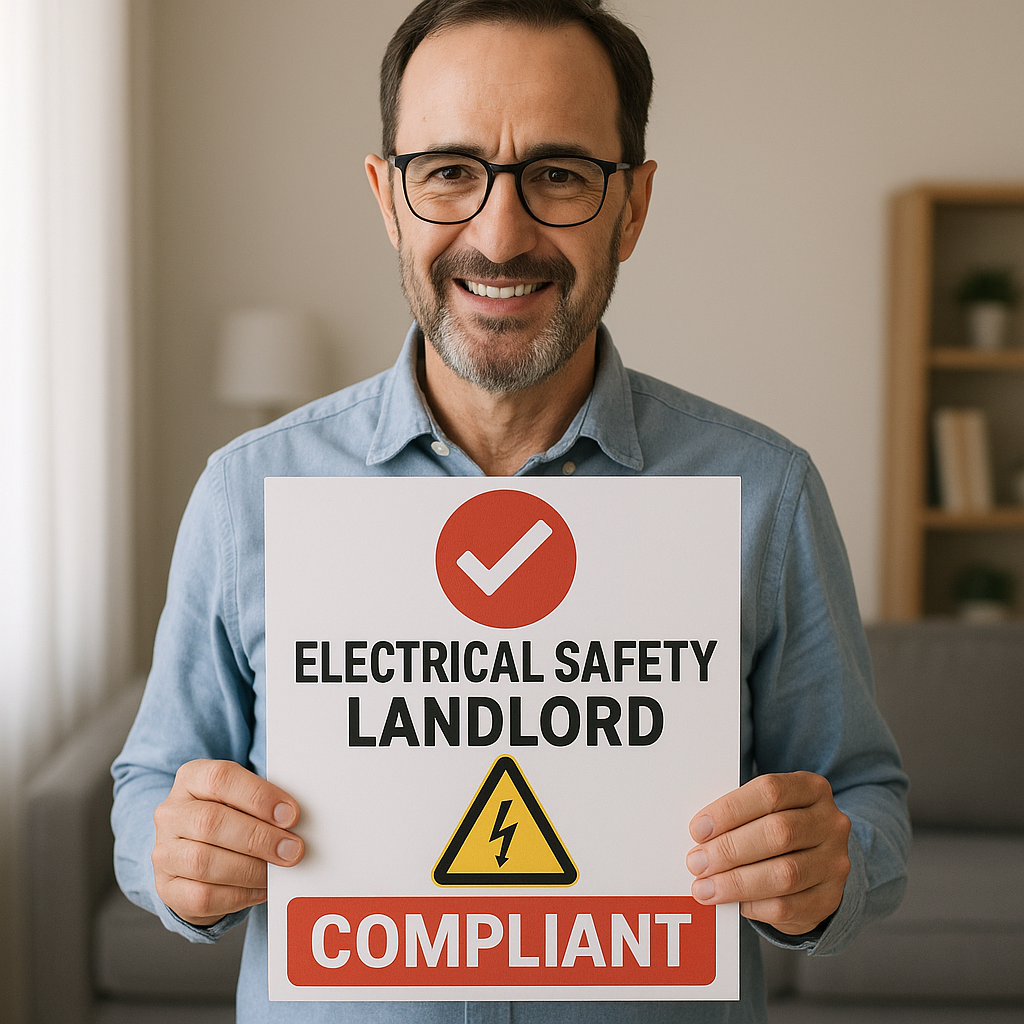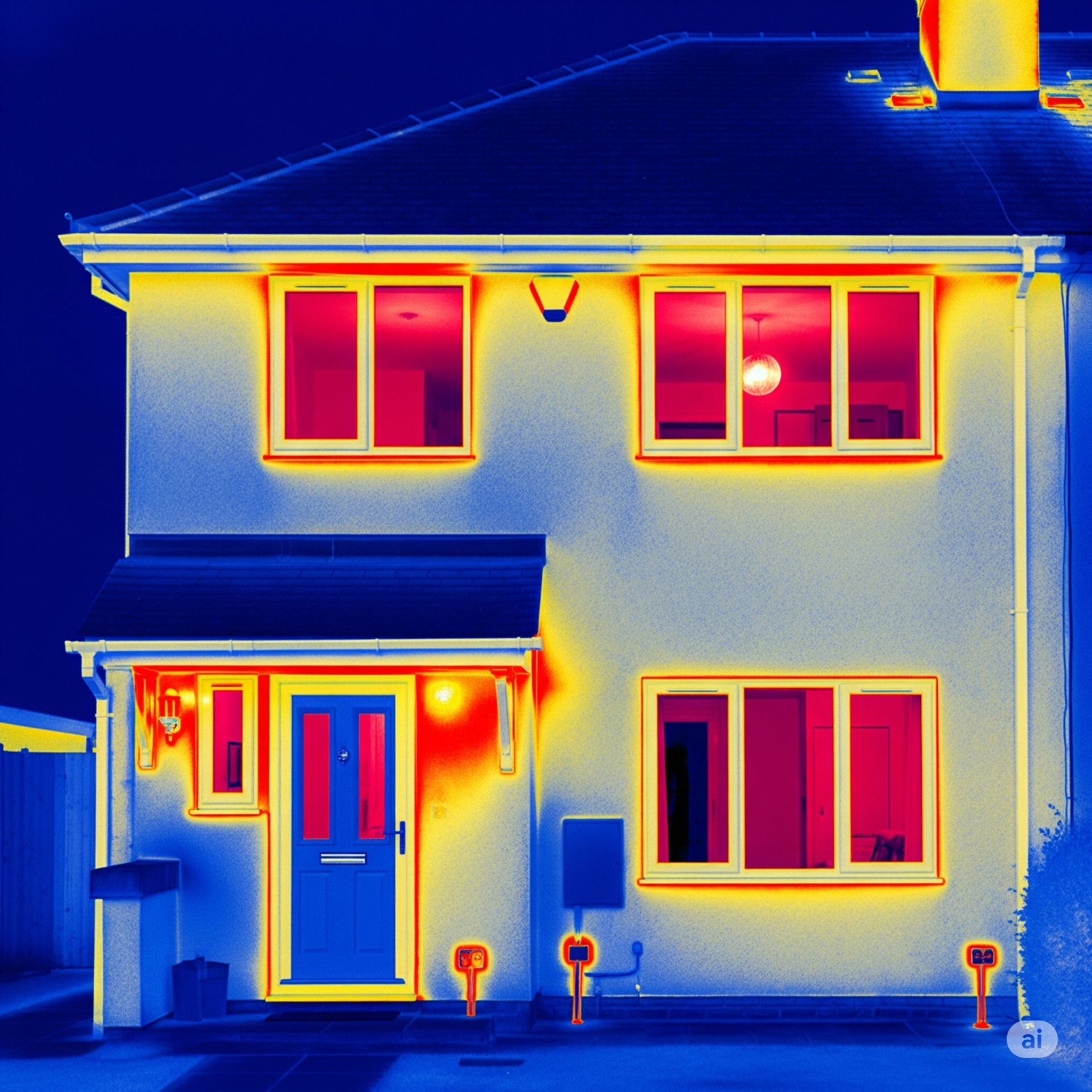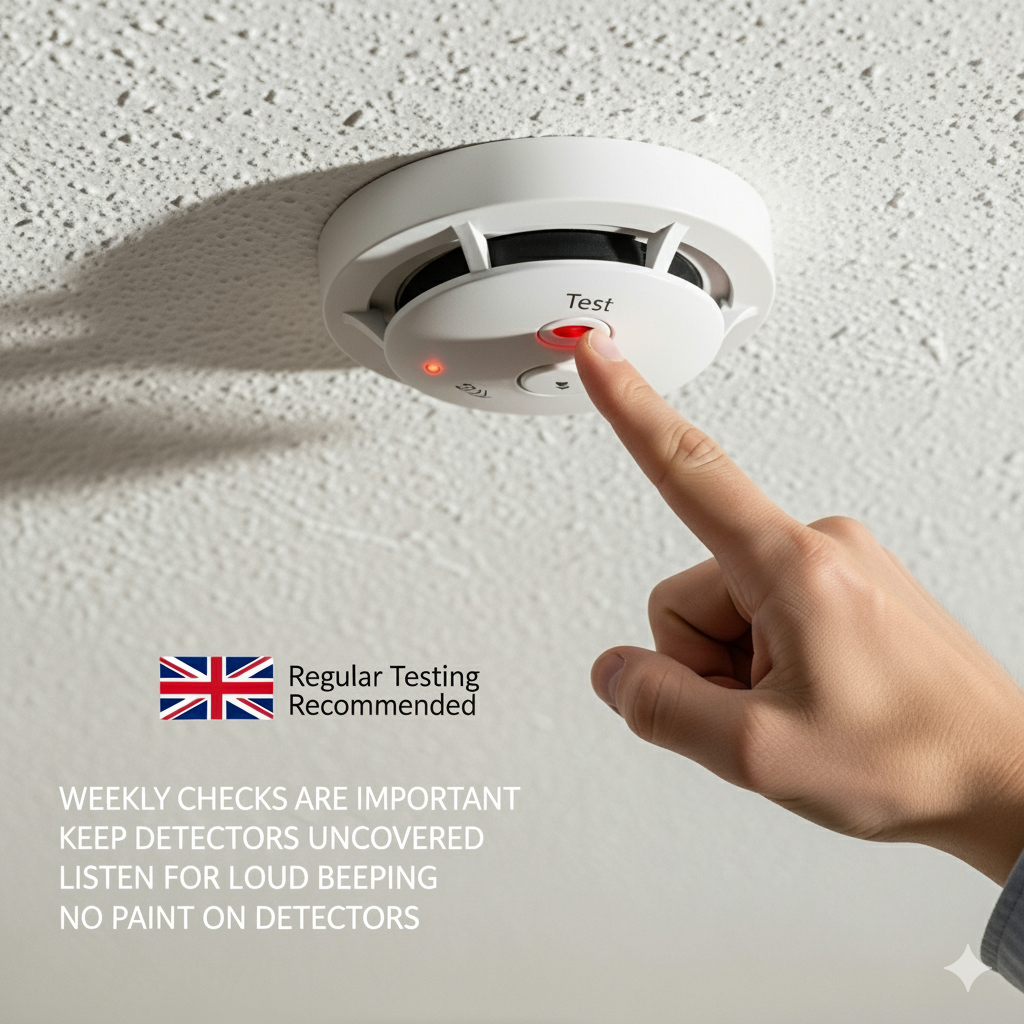What to do if you believe someone has had, or is getting, an electric shock?
A Litt • 16 December 2019
It may not be immediately clear, but if you think someone is suffering from electric shock, approach with extreme caution.
If this isn’t possible, then try to remove the source of electricity from the person using a piece of insulating material, such as a length of wood.
NEVER touch the person receiving the electric shock, or you could suffer one too.
After removing the person from the source of electricity, if the person is unconscious call for an ambulance immediately. Only those with the necessary knowledge and skill should carry out first aid, to find out more information on how to carry out first aid, please view the NHS website.
Where the person is conscious
and seems well, it is still advisable to monitor their condition, as the effects of an electric shock may not be immediately obvious. In worst case conditions, an electric shock may lead to a condition known as electroporation, where cells within the body rupture, leading to tissue death. Additional problems might include deep-seated burns, muscle damage and broken bones.
Use an RCD. Using an RCD will help to protect you from dangerous electric shocks. Although not a guarantee of absolute safety, it limits the time current can flow through the body if a person comes into contact with a live source of electricity.
We strongly recommend that anyone using electrical appliances in the garden ensures that they are protected by an RCD, preferably one fitted in the main household fusebox.
Alternatively, a dedicated RCD-protected socket or a plug-in RCD should be used.

